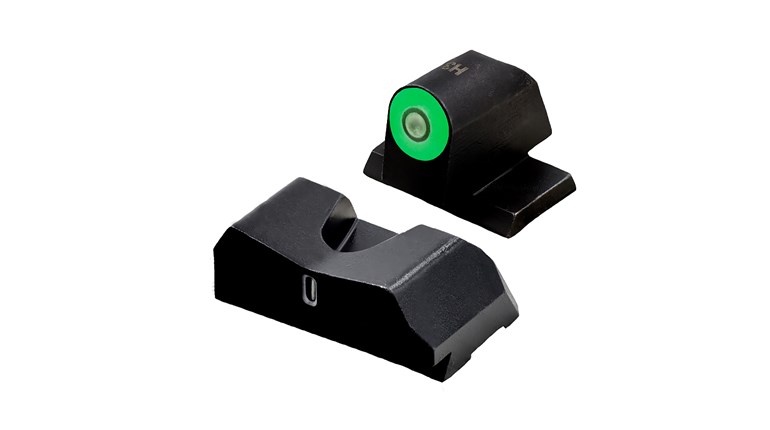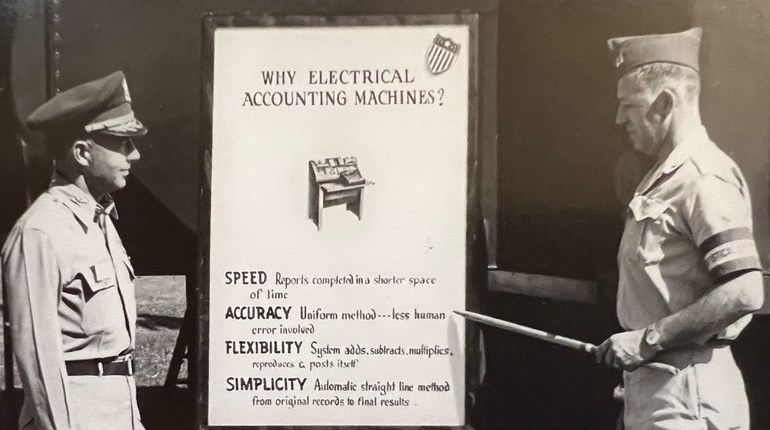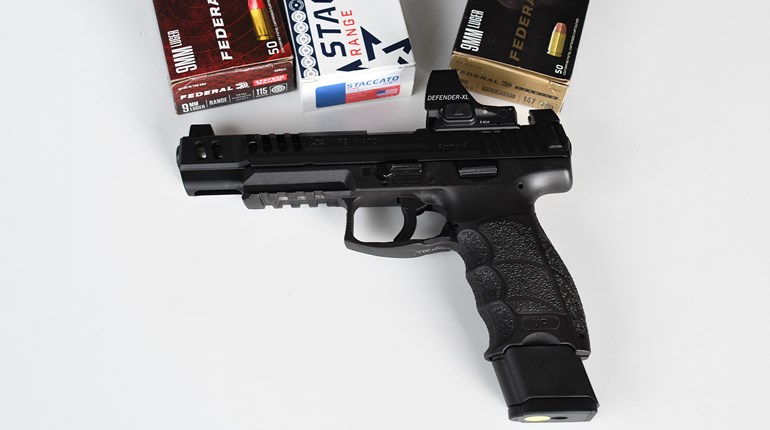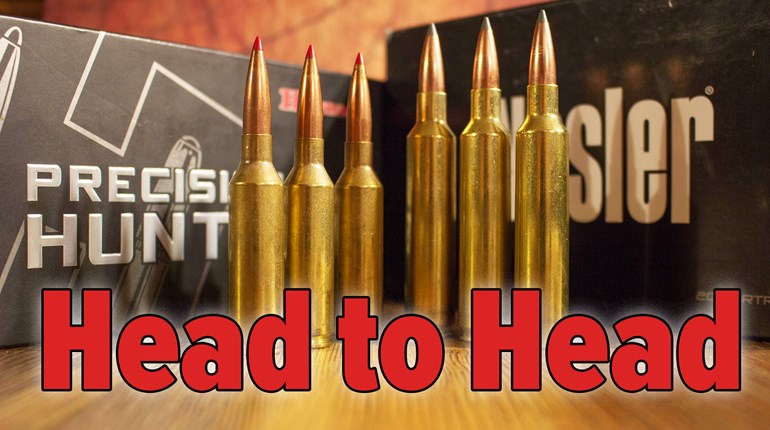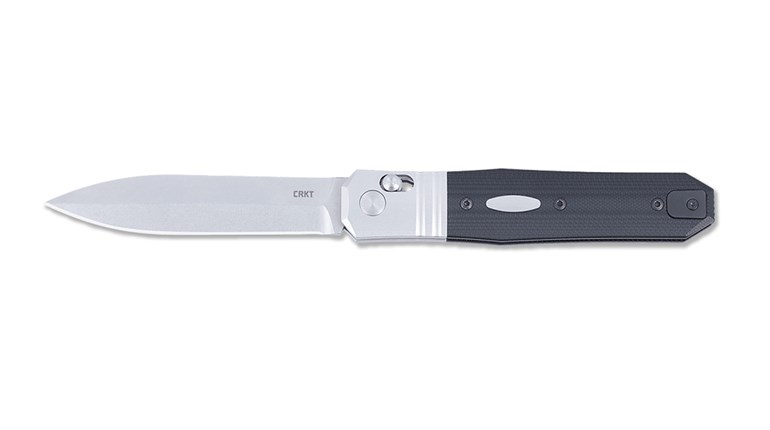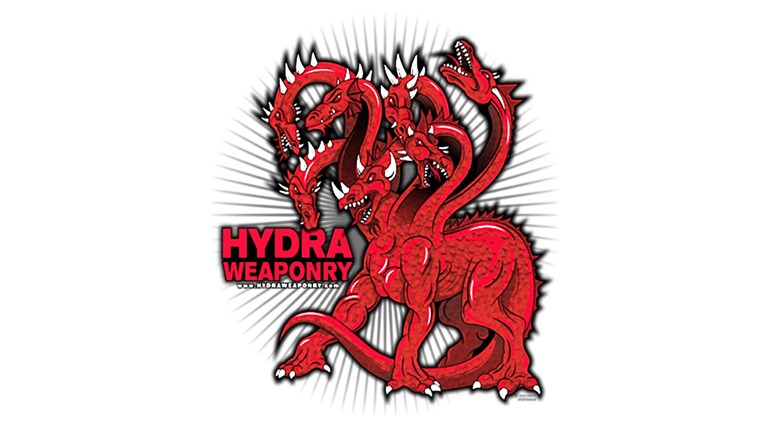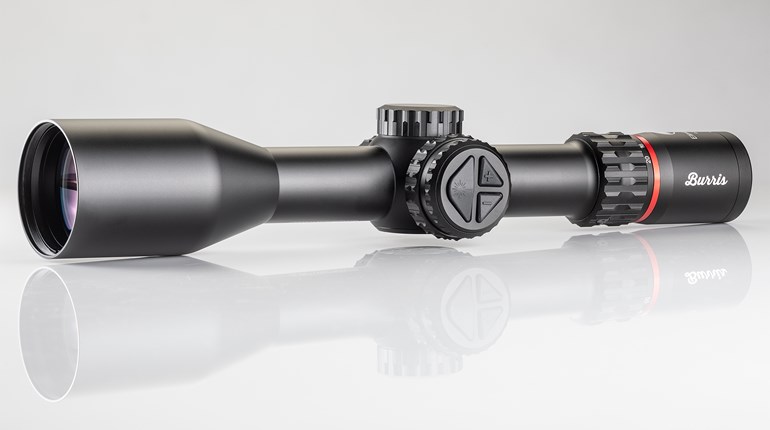
After a lifetime of shooting and handling firearms, mostly handguns, I’ve learned a number of things about the sport, or profession, depending on how the gun is used. One of the lessons I’ve learned is, when it comes to various techniques regarding the proper way to shoot a handgun, opinions are as plentiful as grains of sand on Miami beach. Over the years of shooting and instructing, I’ve seen some good techniques, bad techniques and downright ridiculous techniques.
One of the handgun shooting topics widely argued is that of the proper stance. This aspect of appropriate handgun shooting I find to be as important as sight picture and trigger squeeze. If a shooter isn’t standing correctly, not holding the gun right, or has his or her arms in awkward positions, the results are likely to be less than satisfactory. Again, all of these factors are fodder for great debate. After more than fifty years of handgun shooting, I have my own ideas, I’ve taught them to others and I believe they’re valid.
Years ago, it was common to see a greenhorn gun handler grab a single-action, or any handgun for that matter, stand sideways and hold it out, one-handed, with the wrist cocked at a downward angle. This stance was popular among western artists of the 19th and early 20th centuries depicting gunfighters and whatnot and prompted many to copy this stance. To this day, I still see tenderfoots like them trying to do about the same thing.
Older gun designs were often influenced a great deal by target shooters. Today, many handgun designs are persuaded by combat shooters probably more so than target shooters.
There are several acceptable stances for either target shooting or combat shooting. Two of the more popular and effective are the Isosceles and the Weaver. There are any number of variations in between, but the basics are the same. The isosceles involves the shooter squaring off at the target, feet side by side, about shoulder width apart, with the arms outstretched. This method offers several advantages. The shooter is able to turn to either side rather easily, if necessary, and his or her eyes are actually a bit closer to the target.
The Weaver has the shooter with the off-foot forward of the strong foot and the weak arm bent at the elbow. My personal shooting stance is a variation of the Weaver. I find that this stance provides balance, and I try to keep my weight more on the balls of my feet. When training in self-defense, the stance taught is very similar, and balance is the key. In this stance, I’m still able to address targets to either side of me by taking a small step, depending on which side is to be addressed. I keep my right elbow rather straight and my left slightly bent. I’ve been using this stance for many years and it works for me, as it has others who have tried it.
Of course, in a bad situation one might not have the luxury to even consider proper stance and will have to make do. Practicing various positions on the ground is always a good idea. The prone position is a sorry way to shoot a handgun, but it could be necessary at some point. For anyone in law enforcement or practicing personal defense with a pistol, always remember it never hurts to use a rest of some kind, if possible.
One thing I tell novice handgunners about stance, especially in the beginning, is to first make yourself comfortable. If you’re at ease with the Isosceles, by all means use it. The same goes for the Weaver. With the exception of the previously mentioned one-handed gunfighter position, take a stance and make it your own.












